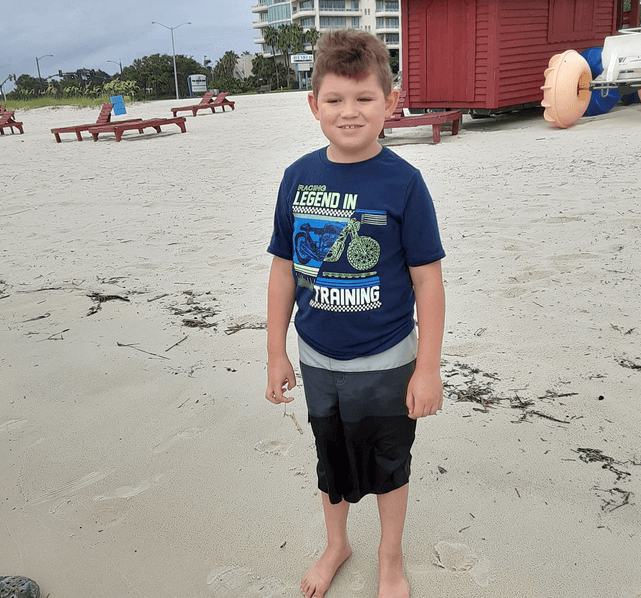MPS IV is a mucopolysaccharide disease known as Maroteaux-Lamy Syndrome. It takes its name from two French Doctors, Dr. Maroteaux and Dr. Lamy, who first described the condition in 1963. MPS VI has a wide range of symptoms that vary in severity and can be managed and treated with enzyme replacement therapies. There is no cure for MPS VI.

Mucopolysaccharides are chains of sugar molecules used to build connective tissues in the body.
The body constantly replaces used materials and breaks them down for disposal. MPS VI patients are missing an enzyme essential to breaking down the mucopolysaccharide dermatan sulfate. These materials remain stored in the body’s cells, causing progressive damage. Babies may show little sign of the disease, but as cells sustain damage, symptoms start to appear.

MPS VI is estimated to occur in 1 in 250,000 to 600,000 newborns.

MPS VI (Maroteaux-Lamy syndrome) is caused by a recessive gene. There is a one in four chance with every pregnancy that the child will inherit the defective gene from each carrier parent and will be affected with the disease. There is a two in three chance that unaffected brothers and sisters of MPS VI children will be carriers.


There is no cure, but treatments such as enzyme replacement therapies can help make MPS VI a more manageable disease. In June 1, 2005, the U.S. Food and Drug Administration (FDA) granted marketing approval for Naglazyme (galsulfase), the first enzyme replacement therapy approved for the treatment of MPS VI. For more information, click here.
Clinical trials are research studies that determine whether treatments or devices are safe for humans. These studies also look for effective medical approaches for specific conditions and help provide reliable data for patients, researchers and doctors. Clinical trials are conducted on small groups to determine whether a drug or procedure causes negative reactions or unsatisfactory side effects.
MPS VI active clinical trials, observational and natural history studies Clinical trial process

Enzyme replacement therapy (ERT) uses an intravenous solution (IV) to replace a deficient or missing enzyme in the body. ERT does not cure the disease but slows its progress by increasing the amount of missing enzyme in the body.
Naglazyme™ (galsulfase) is the enzyme replacement therapy for individuals with a confirmed diagnosis of MPS VI and has been approved for use in the U.S. and in many European countries. Developed and produced by BioMarin Pharmaceutical, Inc, Naglazyme has been shown to improve walking and stair-climbing capacity. For more information, contact BioMarin at bpps@bmrn.com or 866-906-6100.


HSCT is a blood stem cell transplant. Possible sources of blood stem cells include bone marrow, peripheral blood and umbilical cord blood.
Patients with MPS VI have bone abnormalities, severe short stature, corneal clouding, lung problems, liver and spleen enlargement and heart valve abnormalities. For more than 20 years, HSCT has been used successfully to treat MPS VI with resolution of liver and spleen enlargement, airway obstruction and sleep apnea, and improved joint mobility. There has also been prevention of further heart and lung deterioration. Visual acuity has improved in some individuals, although corneal haze does not necessarily resolve. As in other MPS disorders, HSCT has not been able to effectively treat skeletal abnormalities. Consequently, successfully transplanted children have still required orthopedic surgical interventions on the knees and hips.